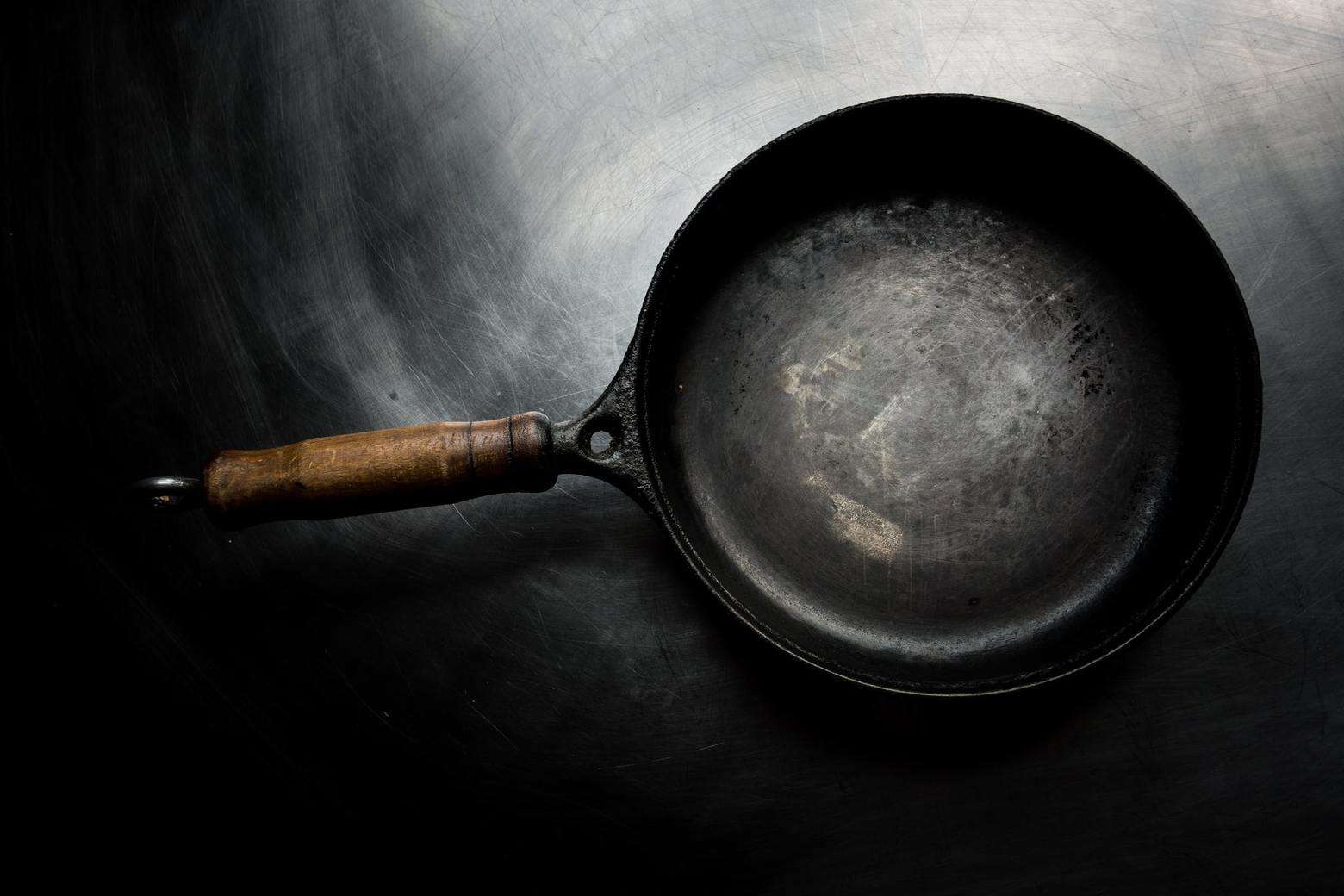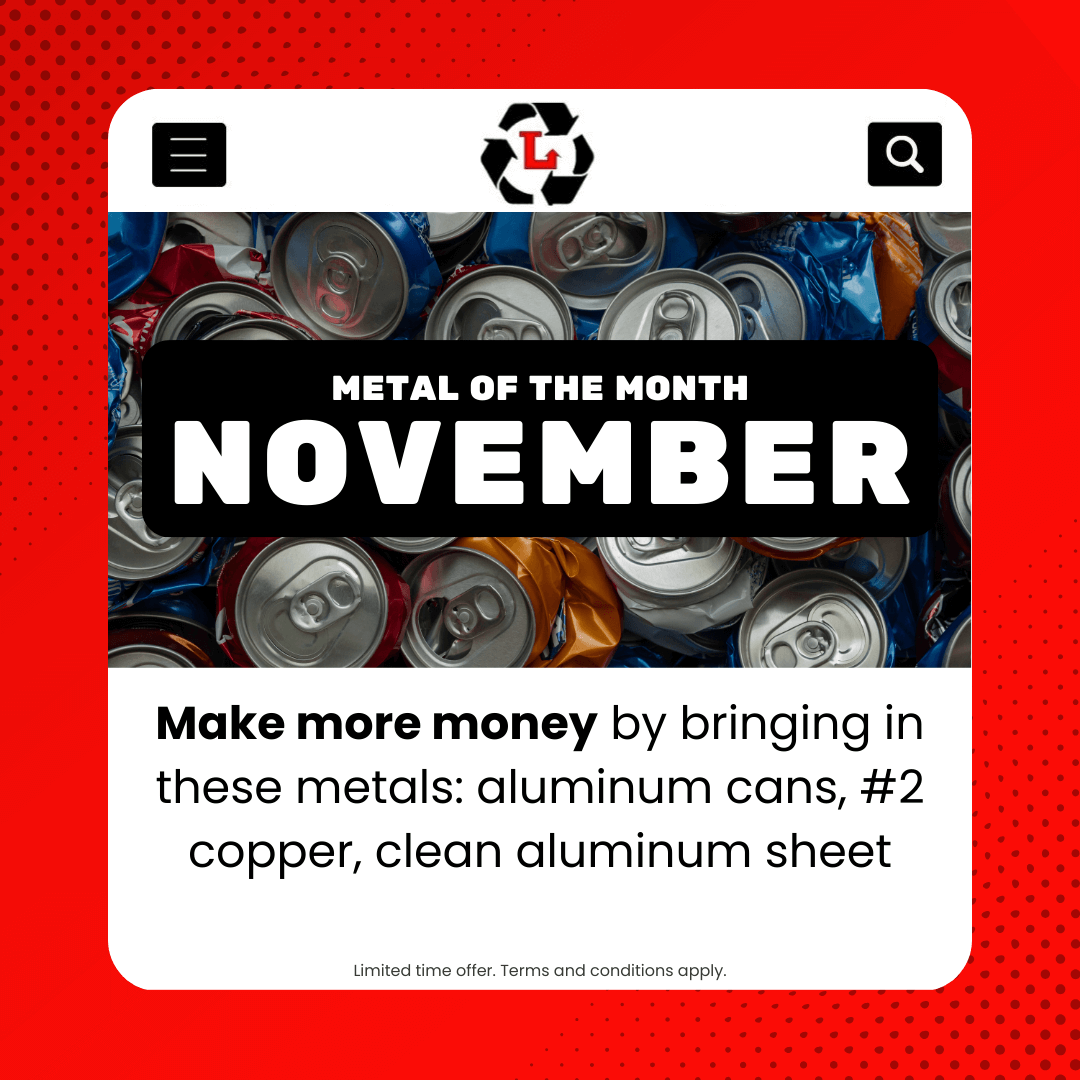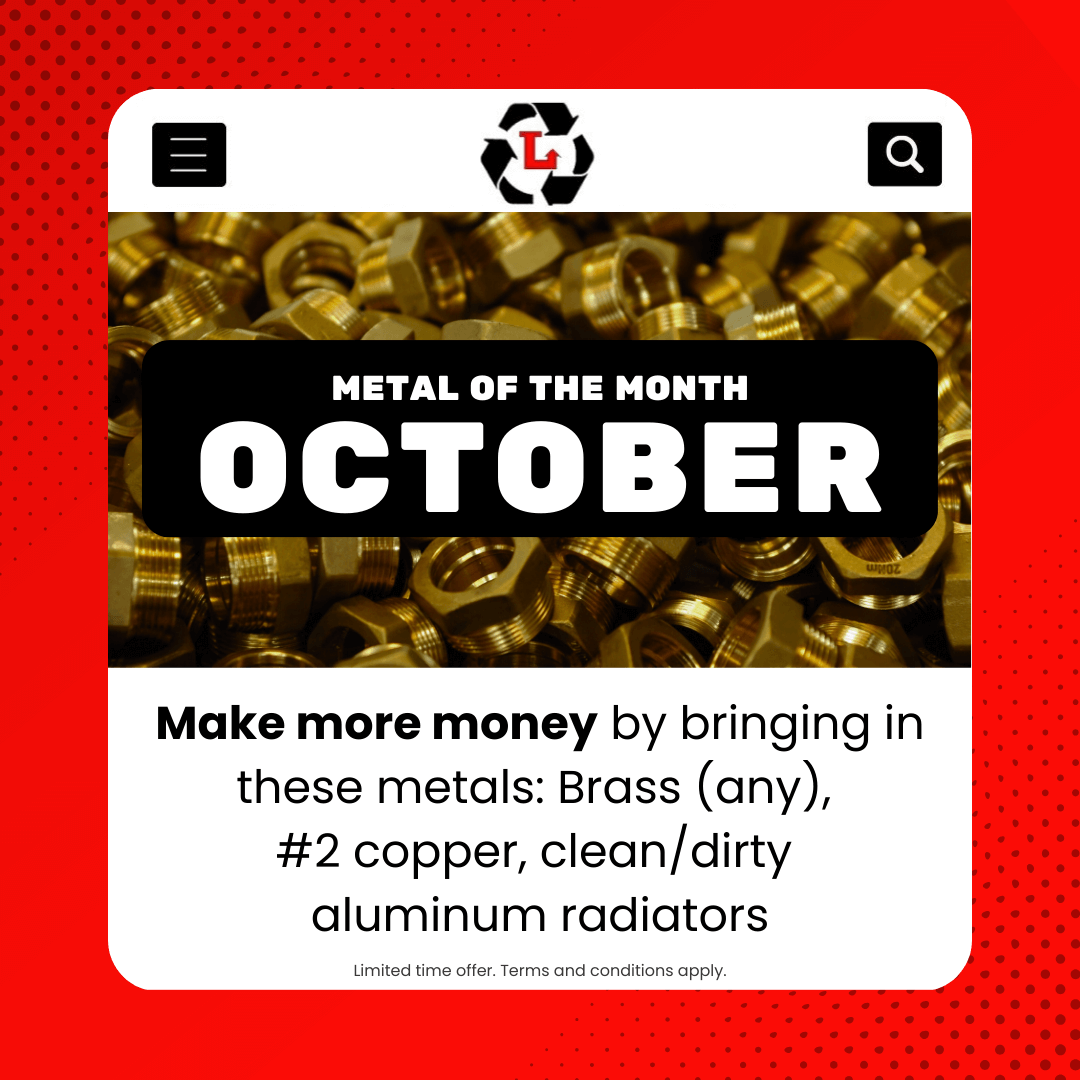When you think of cast iron, images of the industrial revolution may flash in your mind. We’re talking about smoke and fumes being pumped out from factories into the air. However, a lot has changed in the world of metal since then – including rapid advancements in recycling.
But just how sustainable is cast iron and its production? And should it be recycled? Let’s find out by looking at a few different areas.
Cast iron and recycling
The process of developing cast iron has its own harmful environmental impact. With blast furnaces involved to melt iron ore, the impact on the planet is significant.
However, the beauty of cast iron is that it can be recycled infinitely. Not only can it be redeveloped and reused, but it also retains all of its properties whilst going through the recycling process – meaning both businesses and consumers don’t need to sacrifice quality to help the planet.
There are laws and regulations in place across the US to ensure safe and responsible recycling. If you’re looking to take your scrap metal to a recycling facility, they should be able to assure you that they abide by these regulations, so you can be assured you’re reducing your carbon footprint.

(Photo by Ludomił Sawicki on Unsplash)
Cast iron, value and durability
Cast iron is an incredibly durable, long-lasting and, therefore, valuable material. If you’re looking for an excuse to offset the cost and environmental impact of the production of new cast iron, combine this fact with its overall recyclability, and you’ve got your answer.
As an example, when used in construction, cast iron assures a strong, durable presence in any building in development. The metal has been known to last the whole life span of a building – rather than your typical five-to-ten-year guarantee! And not only that, but once the building has been knocked down many years later, the parts can be recycled and used on other housing projects, or to develop other cast iron items.
Cast iron through time
Cast iron is a hugely diverse and adaptable metal. It has a strong history of use, specifically within the field of construction (for example, use in building structures, windows and so on). As well as construction, cast iron can also be found in other items such as kitchen appliances (like toasters and laundry machines).
The beauty of cast iron is that it’s so adaptable. Thanks to its impressive strength and ability to be manipulated to suit specific designs, there are endless opportunities for its use. This is why cast iron was so popular in the 1800s and early 1900s – if you know anything about construction or architecture during this period, you’ll be able to spot a construction of this age by specific cast iron features.
However, whilst cast iron was incredibly popular in the Edwardian and Victorian eras, today’s focus on protecting the environment from global warming has seen the metal come into its own as both businesses and consumers reap the benefits of its recyclability.
Cast iron and sustainability
Overall, cast iron is an incredibly sustainable material, mainly down to the fact that it can be recycled without losing its properties or any of its quality.
As well as general recyclability, there are a few other elements which make cast iron sustainable. For example, it doesn’t rust in the normal way – it slowly oxidizes. As well as making the metal very long lasting, this gives off carbon-based ashes which are beneficial to our environment because they encourage plant growth and increase planktonic life in the ocean. This can help battle global warming, increasing the oxygen output of our seas and therefore reducing harmful greenhouse gases.
Due to a combination of all these reasons, it’s incredibly important to recycle any scrap metal, especially cast iron. It’s extremely easy to recycle, plus it brings lots of benefits to the person with the scrap.
All you need to do is find a nearby metal recycling facility, take your items there and they’ll take your scrap off your hands. Scrap metal is valuable to most recycling units, so most of them, like us at Langley Recycling, will give you cash for your scrap too. So, as well as reducing your carbon footprint and disposing of any cast iron you have lying around, you’ll also earn some money from it.








